After.Life
It's odd, you don't get many films set in funeral homes although death and bereavement have often played a central part in many a movie from The Frighteners to Ghost and The Sixth Sense. The one medium where this bucks the trend is television where the award winning Six Feet Under was centred entirely around the goings-on in and around a funeral home. This debut feature by Polish filmmaker Agnieszka Wojtowicz-Vosloo follows Anna Taylor, a schoolteacher in an unnamed small town who, after an argument with her rich lawyer boyfriend who was just about to propose, storms out and sets of driving home in the pouring rain. With one eye on the road and the other on her cell phone, all it takes is a momentary lapse in concentration and she has to swerve to avoid a white van which causes her to plough into the back of a lorry carrying steel pipes.
The next thing Anna knows is when she wakes up on the slab in a funeral home where the owner and proprietor, Eliot Deacon, informs her that she died in the crash and that she is only able to talk to him because he has the gift of being able to see and hear dead people who have not yet let go of life and accepted their fate. Although he shows Anna her death certificate, she will not accept that she is dead even though banging her hand on the marble slab causes no pain and she doesn't feel cold even when dressed in a red slip in the refrigerated environment.
Not only will Anna not accept that she has left this mortal coil, but her boyfriend, Paul Coleman, is frustrated that Deacon will not let him see the body and is convinced that she is alive, using every contact he has and his friendship with Tom, the police captain, to try and persuade them that Anna is alive but only comes across looking like a man who is on the verge of a psychological breakdown. It seems that Deacon knows a thing or two about dead people and always seems to get the right flowers and coffin lining for their funerals, explaining it to their relatives that the colour and/or flowers "just seemed appropriate".
Whilst Deacon is preparing Anna's body for burial and trying to make her accept what has happened so that she can let go and prepare to move onto the next stage in her existence, whatever that may be, he has to deal with her mother, a pushy and extremely wealthy women, Anna's demanding boyfriend, unexpected visitors and an extremely inquisitive and intuitive former pupil of Anna's, Jack, who is neglected by his elderly and virtually comatose mother and seeks solace in the funeral home where Deacon sees him as a kindred spirit and almost as a protégé. There is also a rather strange series of injections which Deacon explains to Anna is a muscle relaxant designed to stop rigor mortis setting in and preventing him from doing his work.
The question is: is Anna really dead and just having a hard time letting go of the life she left behind or is she in fact alive, kept sedated by the lone undertaker and headed for a premature burial? The beauty of the film is that both options are left on the table right up until around the home and even then you're not 100% sure whether what you think is going on is really true and what place Jack has in all of this. There is also the small matter of Deacon's conversations with the dead and a large wall in his bedroom on which he keeps Polaroids of former 'clients'.
After.Life is one of the most accomplished, engaging and enthralling directorial debuts I've seen in many a year, marking Agnieszka Wojtowicz-Vosloo as a rare talent and someone whose career should be closely followed. Aiding this young director in her first feature film as a sterling cast spearheaded by a reassuringly sombre and measured performance by Liam Neeson which is full of gravitas and power where he uses his physical capabilities to great effect. Opposite him is Christina Ricci who puts in one of her finest ever performances with an extremely layered, nuanced and utterly plausible portrayal of a woman cut down in the prime of her life having never really got the chance (or take the chance) to live her life the way she wanted. Justin Long, who is predominantly known as a comedic actor, puts in a fine dramatic performance as Anna's boyfriend although at times it does seem as if he was drawing on his work with Sam Raimi in Drag Me to Hell in which he played a similar role.
This is a film that works on a cerebral level with a fascinating debate into what happens when we 'pass on' whilst maintaining a high degree of psychological suspense, the odd well-designed jump whilst Ms Wojtowicz-Vosloo carefully plays with and inverts genre clichés and conventions. This is a remarkable film and one I thought was astonishing in its construction, writing and involvement. The fact that this is a debut feature makes this all the more remarkable.
The Disc
Extra Features
The commentary with co-writer/director Agnieszka Wojtowicz-Vosloo is an extremely good listen as her English is remarkably good and fluent with very little in the way of dead air while she struggles for words -- the only aspect of her speech that hasn't quite come across in translation is her ability to pronounce 'th', so that 'death' sounds a little like 'deaf'. In the commentary track she goes through all the research she put into reconstructing the funeral home and the things that really happen (so much so that friends began thinking she was a little weird), the benefits of working with actors like Liam Neeson, Christina Ricci and Justin Long and what it was like making the whole thing in only 26 days with only about four weeks of pre-production.
There is an interview with her on the disc which I would leave until after you've seen the film as she firmly comes down on one side of the argument, explaining exactly how things worked out but doesn't quite go into the minutiae of some of the other more contentious points, leaving you to decide how those work out for yourself.
The Picture
Agnieszka Wojtowicz-Vosloo clearly knew exactly what she wanted as the locations and set designs are all perfect for the characters and atmosphere with the imposing and rather enormous funeral home seemingly far too big for one man and the way that the preparation room is treated by Deacon is, as she says in the commentary, like a priest in the church with the slab as the altar.
The 1080p picture is extremely clear and crisp with sharp edges, high detail levels and excellent contrast. It seems as if The Sixth Sense has influenced her as the colour red is extremely important throughout the film and, like M. Night Shyamalan's breakthrough film, this is one that will require several viewings in order for you to take in all of the visual clues and aesthetic motifs.
The Sound
As this is a predominantly dialogue dominated film with at least 90% of it taking place inside the home with Anna and Eliot Deacon conversing, you really need the dialogue to be well presented so you can make out every word, inflection and small sound that takes place during their interactions. There are a couple of scenes that will demand more from your sound system, particularly the opening sequence in the restaurant and when Anna is driving down the wet road with rain hammering on the windscreen and spray being thrown up be every vehicle.
Fortunately, the DTS-HD Master Audio 5.1 track is up to it with an extremely clear and well mixed soundtrack that is exactly what you need for a film like this. Alternatively, the LPCM 2.0 stereo option does the job almost just as well with the uncompressed sound delivering the dialogue perhaps slightly better than the surround option although you do lose a little bit when it comes to the very occasional scene in which the LFEs are used. Both have their merits and that really found it's hard to pick between them.
I don't always watch credits through right until the end but, in this case I made an exception as Wojtowicz-Vosloo managed to secure the use of Radiohead's superb song End Music: Theme from a Film largely because she sent clips to the band and they liked them so much so that they gave their permission -- something which is not often granted.
Final Thoughts
After.Life is one of the most interesting and well made films have seen this year which belies its modest budget and lack of experience by co-writer/director Agnieszka Wojtowicz-Vosloo handles her small cast extremely well, bringing out a remarkably evocative and brave performance by Christina Ricci who spends about 40 minutes in nothing but a red slip and about another 50 minutes in nothing at all whilst giving a performance worthy of her considerable talents and easily equal to the extremely strong and authoritative role she played in The Opposite of Sex. Liam Neeson has the potential to be a great actor and it's not often you get to see him on such fine form so it is a credit to the script and the direction that he is able to put in one of his best performances for years.
This is a compelling film and one that will live long in the memory. It is a film that you have to see several times to appreciate every little nuance and clue that was laid along the way and I will probably watch it several more times in the near future.
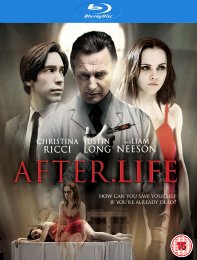
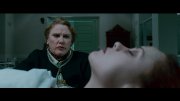
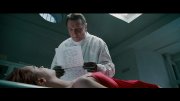
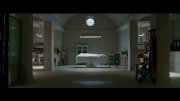
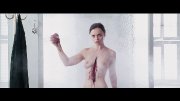


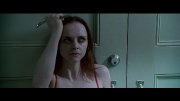
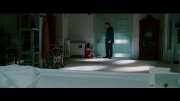
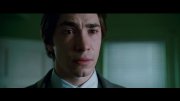

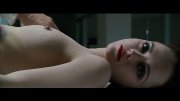
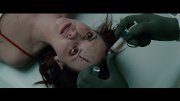

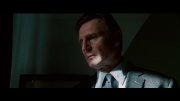
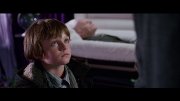

































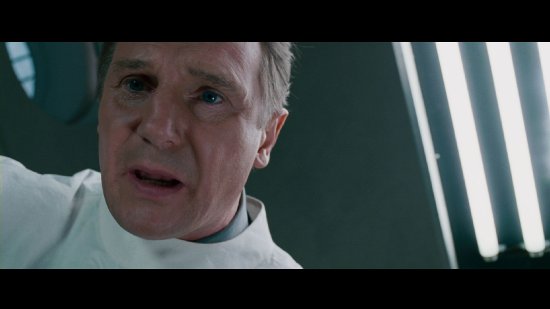




Your Opinions and Comments
Be the first to post a comment!